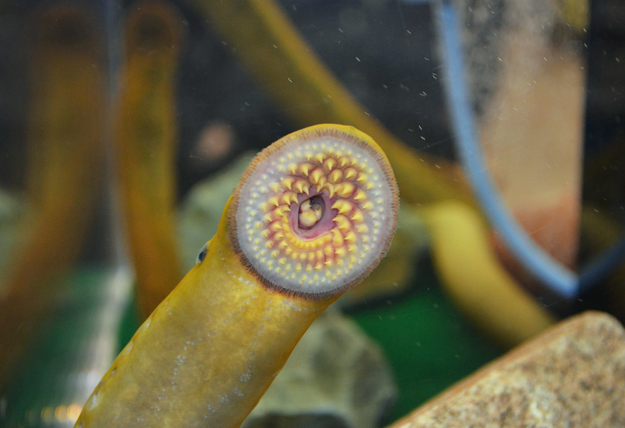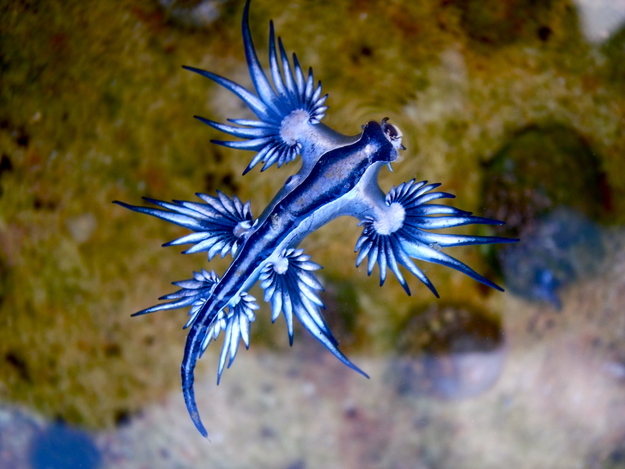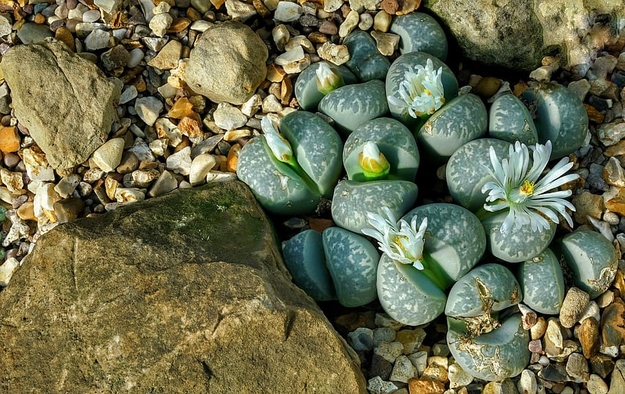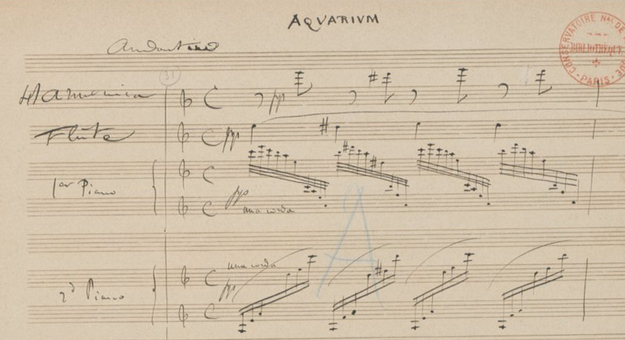"A spirit of the highest and noblest comedy" - This is what it sounds like when the grandeur of classical music meets the comedy and joie de vivre of carnival.
French composer Camille Saint-Saëns wrote The Carnival of the Animals (Le Carnaval des animaux) as a diversion while composing his Symphony No. 3. Written in February 1894 in seclusion in a small Austrian village, the fourteen-movement musical suite lasts about 25 minutes and is arranged for flute, clarinet, two pianos, glass harmonica, xylophone, two violins, viola, cello, and double bass.
Since Saint-Saëns forbade public performance of the work during his lifetime, the suite was not published until 1922. The reason for this, funnily enough, was that he was afraid of no longer being taken seriously as a composer because of the humorous nature of the suite. So does the carnival not fit with classical music? Or does 'the carnival sense of the world' end up adding something from which the otherwise somewhat dusty world of classical music could benefit?
A public performance of the suite that year was enthusiastically received, and the work remains one of his most popular to this day. Often the musicians wore masks with the heads of the various animals they represented. So let's take a closer look at the animals that receive attention in The Carnival of the Animals: We all know lions, elephants, turtles and kangaroos from the zoo, hens, roosters, the cuckoo and donkeys from the farm and the swan from the park. Some species are even represented only by the names of their animal kingdoms. Aquarium, aviary and fossils hide so many more species!
Wouldn't it be fun to choose other, more unknown species of animals or plants and fungi and learn something new about these many amazing species? Especially children, to whom The Carnival of the Animals is often marketed, could learn quite a bit about the diverse spectrum of biodiversity. So let's make a few suggestions that Camille Saint-Saëns could use in a rewrite 127 years later!
Here are three amazing species as suggestions:
Lamprey - https://www.flickr.com/photos/usfwsmidwest/16599005556 
Unlike "bony fish" such as trout, cod and herring, lampreys have no scales, fins or gill covers. Like sharks, their skeleton is made of cartilage. They breathe through a characteristic series of seven pairs of tiny gill openings located behind the mouth and eyes.

The creature often swims on its back, displaying its bright blue underside to aerial predators. This serves as camouflage against the background of ocean waves, while the grayish back of the animal blends with the bright ocean surface, hiding it from predators in the water. This phenomenon is known as countershadowing and helps the creature avoid both flying and swimming predators.

These plants, commonly called flowering stones or living stones, look like small rocks! This is a survival strategy that allows these plants to survive grazing by cows and other animals that would otherwise eat them. They are also extremely good at retaining water, which allows them to survive in harsh, dry areas that receive moisture only through fog and haze.
